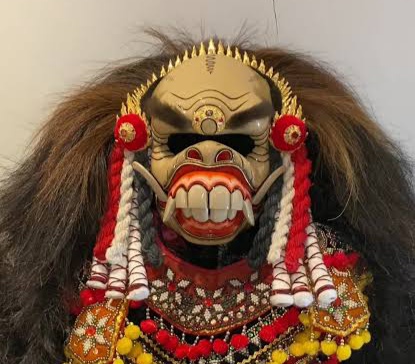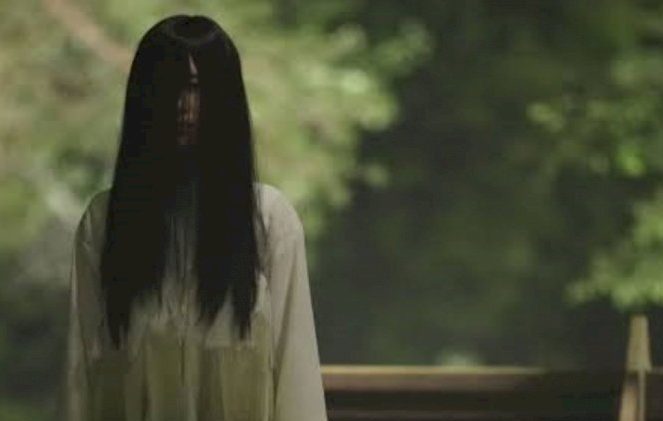In the intricate world of Balinese mythology, Celuluk is a mystical creature known for its eerie appearance and role as a loyal follower of Rangda, the queen of the dark arts. Despite its terrifying looks, Celuluk is often misunderstood—it embodies fear more than it instills it.
This supernatural being is a prominent figure in Balinese cultural performances, particularly in the Calonarang drama. In these theatrical portrayals, Celuluk is shown with gaping hollow eyes, oversized fangs and teeth, and a bald patch on the front of its head.
These features give it a grotesque appearance meant to both entertain and warn audiences of the spiritual forces believed to exist in the world.
Ironically, for all its frightening traits, Celuluk is portrayed as easily scared and reluctant to confront humans directly. Rather than being a malicious attacker, it usually flees when threatened. It is most often said to appear in spooky or desolate places—dense forests, silent bridges, riverbanks, or graveyards—adding to its aura of mystery.
Among the different levels of leak (Balinese practitioners of mystical arts), Celuluk is considered to be of the lowest rank. Its power is limited to causing fear and confusion; it lacks the ability to harm or kill. This further reinforces the idea that Celuluk is more bark than bite—menacing in form, but timid in essence.
Celuluk’s presence is also featured in Barong dance performances, where it represents the forces of darkness alongside Rangda. These stories are symbolic of the cosmic battle between good and evil, with Barong as the guardian spirit combating Rangda’s dark influence.
Celuluk adds depth to the story by embodying the uncertainty and fear that often accompany evil, yet also showing its vulnerability.
Interestingly, Celuluk has captured the imagination of audiences beyond Bali. Through cultural showcases and traditional performances abroad, including in countries like the United States, Celuluk has gained recognition as a unique and intriguing symbol of Balinese heritage.
Philosophically, Celuluk reflects the dual nature of human existence—the coexistence of light and darkness within us all. Its ghastly appearance contrasts sharply with its cowardly behavior, reminding us that external appearances can be deceiving. What looks dangerous might, in reality, be harmless or even protective.
In fact, in certain traditional beliefs, Celuluk is seen not only as a frightful figure but also as a guardian. Statues resembling Celuluk or Rangda are sometimes placed at temple entrances as spiritual protectors, warding off harmful energies and maintaining the sacredness of the site.
Celuluk, then, is more than a monster from myth—it’s a symbol of cultural depth, spiritual complexity, and the timeless struggle between fear and courage, evil and virtue. (BT)





